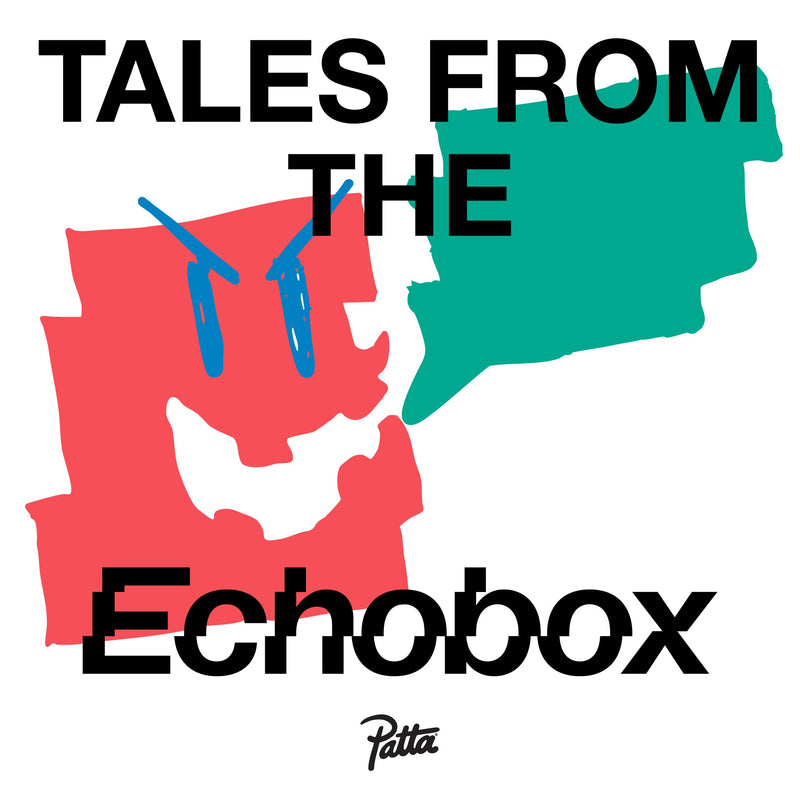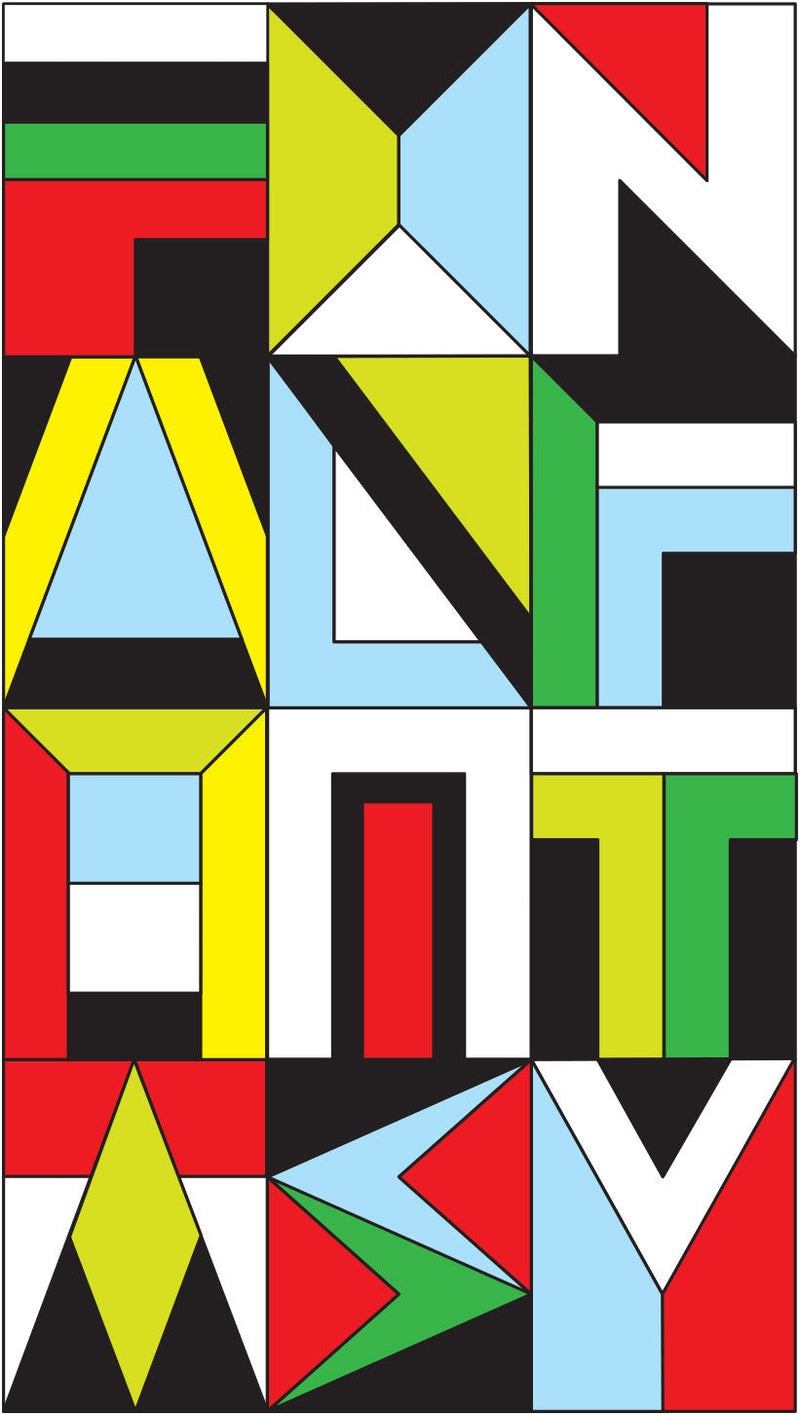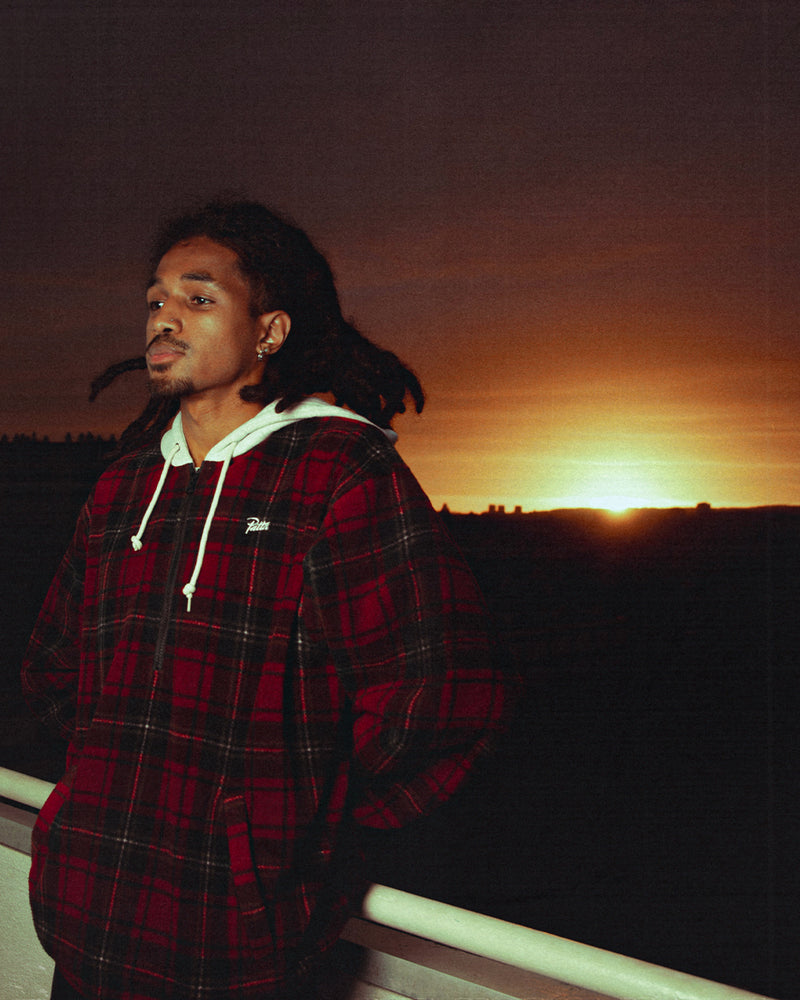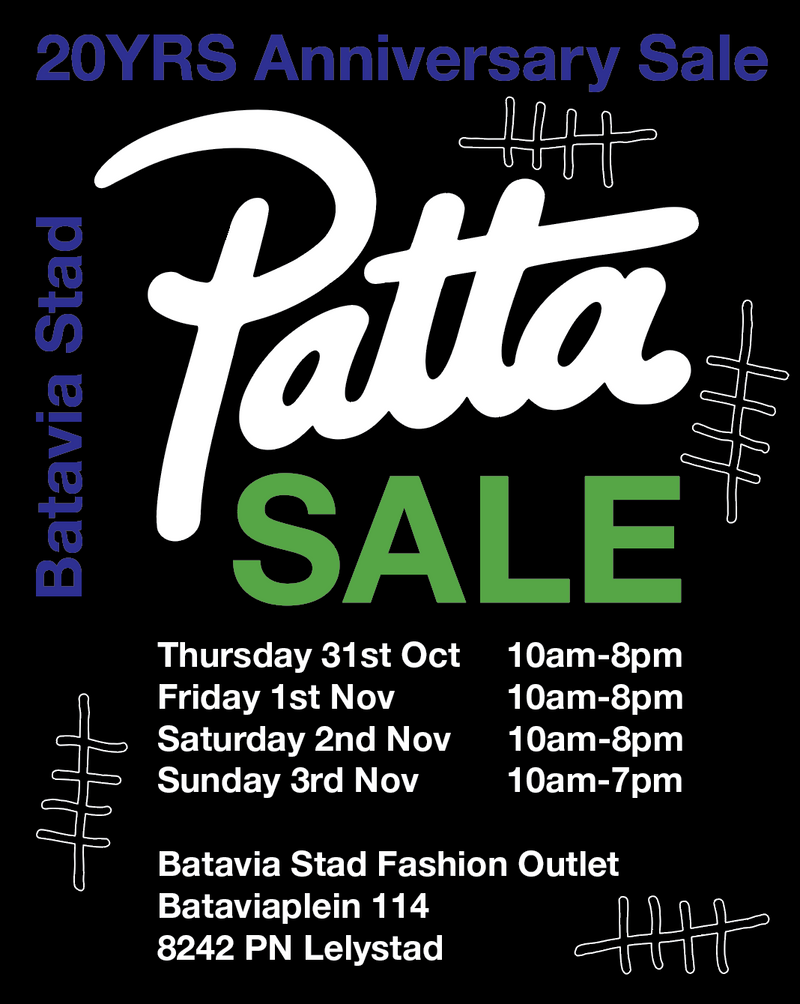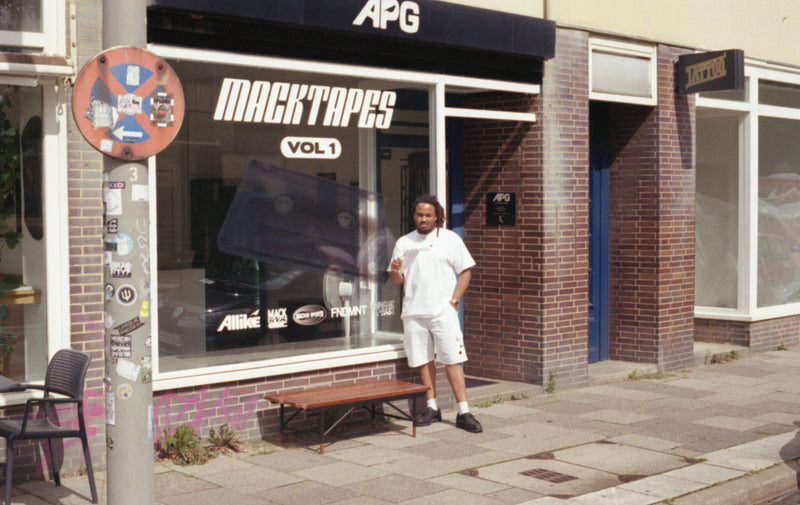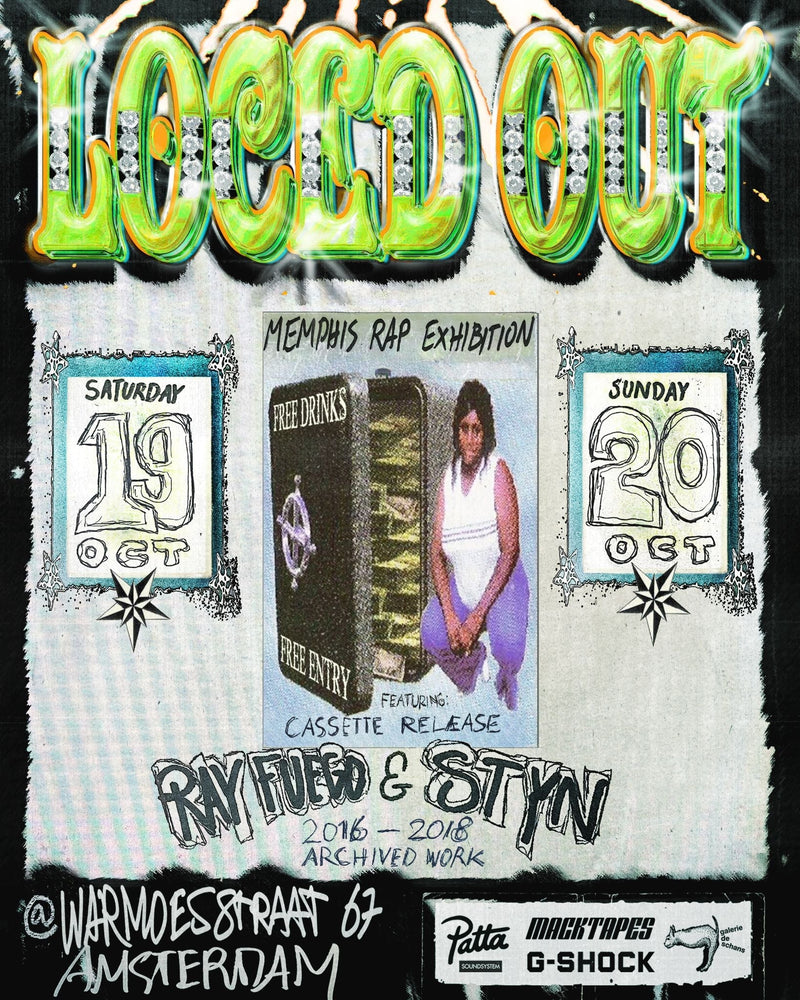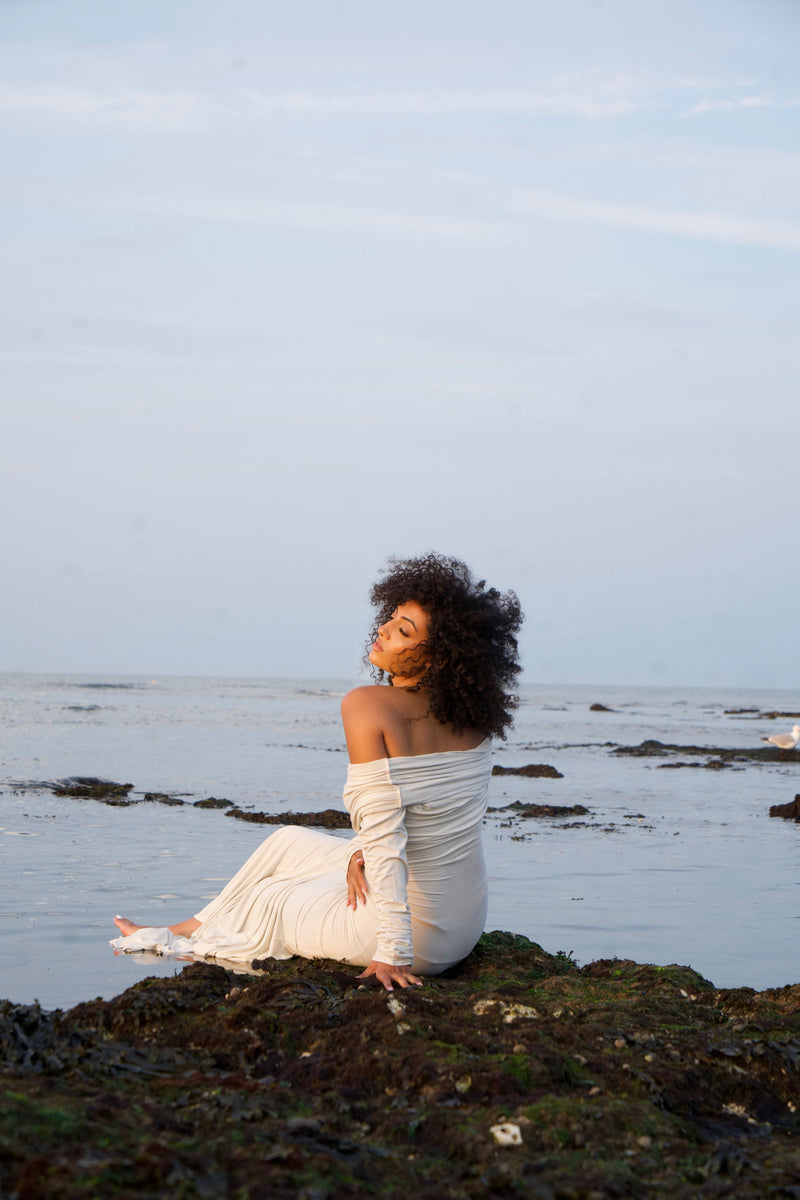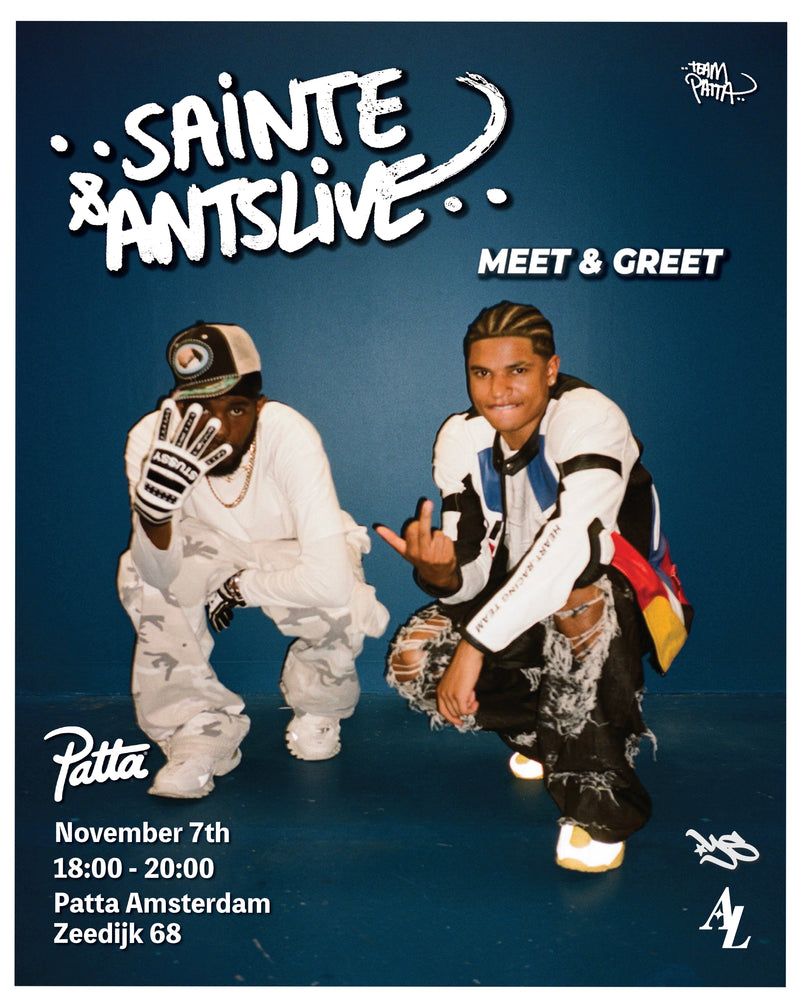
Get Familiar: Deadly Prey Gallery
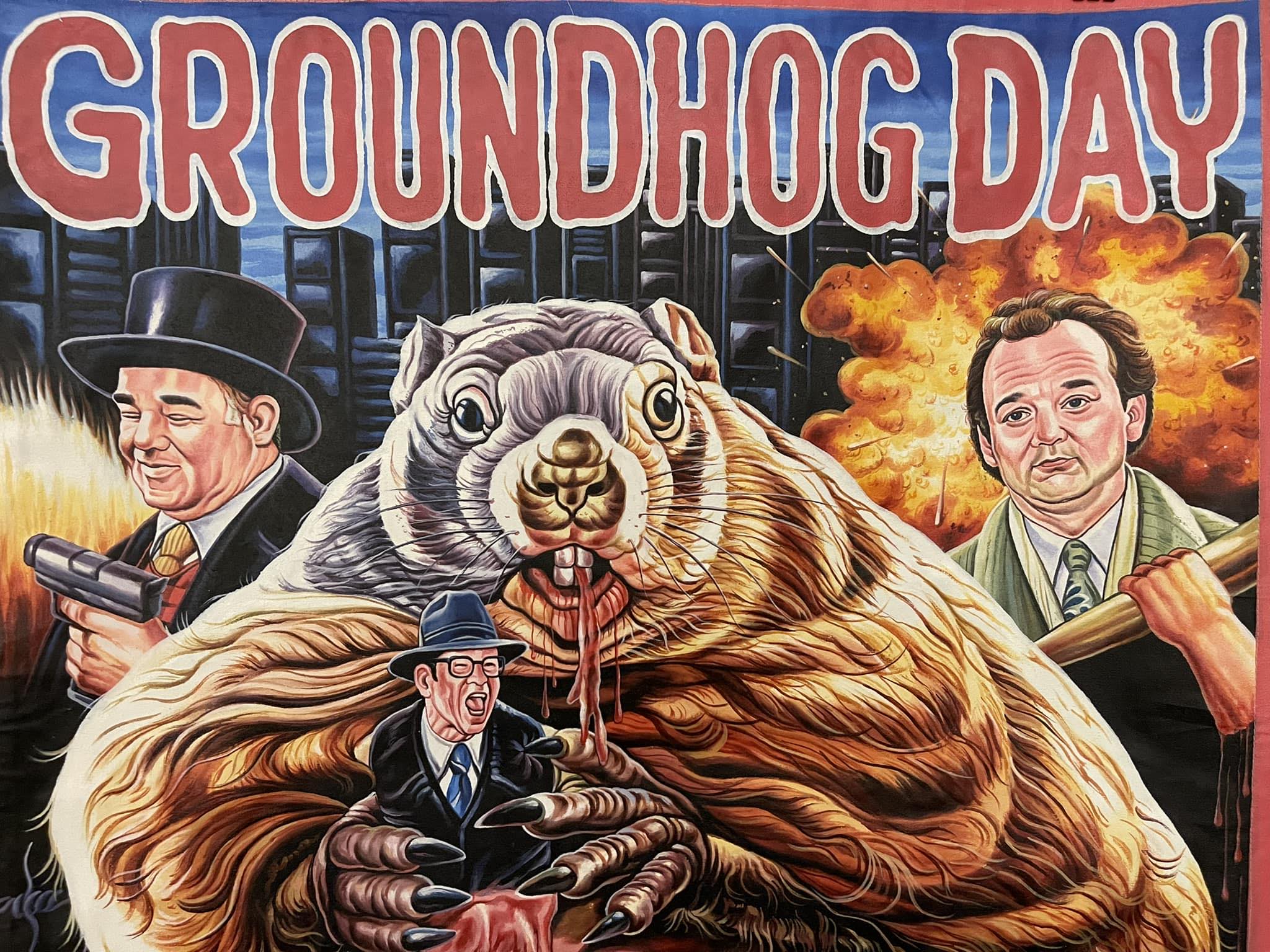
Interview by Passion Dzenga | Photography by Brian Chankin
Get familiar with Deadly Prey Gallery, a Chicago-based traveling art gallery that collaborates with 10 talented artists in and around Accra, Ghana. Deadly Prey Gallery is known for its commitment to showcasing unique and innovative contemporary art from underrepresented regions of the world. Through their collaborations with artists from Ghana, Deadly Prey Gallery has provided a platform for these artists to showcase their work to international audiences, and has played a vital role in promoting cross-cultural exchange and understanding. In this interview, we will be delving deeper into Deadly Prey Gallery's mission, their artistic collaborations in Ghana, and the impact of their work on the global art scene. It is their talented artists that helped make the latest collaboration between Patta and Order possible so we caught up with Brian Chankin to find out more about the adventure so far.
Can you tell us about the origin of Deadly Prey Gallery and your mission as a gallery?
I first found out about the Ghanaian mobile cinema in 2011 when a friend / customer of my video store showed me the book "Ghanavision" featuring 100's of hand-painted Ghanaian movie posters. From 2004 to 2020 I owned and operated a dvd / vhs rental store in Chicago called Odd Obsession Movies. After seeing that book I became obsessed with the genre, which led me to meet my best friend and partner Robert Kofi. Kofi has known many of the artists since childhood, and had a small space in Accra which housed a good number paintings from the artists who were still making movie posters. Shortly after he and I met, the walls of Odd Obsession Movies were covered with movie paintings from Ghana! People in my neighborhood really started noticing them and things spread to social media quickly. It wasn't long before Odd Obsession Movies basically began the first incarnation of Deadly Prey Gallery. About a year into our partnership I asked if specific movies could be requested to be painted by the artists Kofi was friendly with, and to my joy the answer was yes! Shortly after introducing commissions, we quickly realized that this was a business that needed to be explored further and could be very beneficial to the artists, so it became our main point of interest. We're not your typical gallery because we don't actually have a public space! Currently DPG is operated as a traveling gallery with studios in Chicago and Accra. Our mission is preserve, archive and educate people about these amazing paintings from Ghana while putting the artists first and supporting them at all costs.
How do you select the artists you partner with and what criteria do you use?
The founding artists of Deadly Prey are Heavy J, Leonardo, Salvation, Mr. Nana Agyq, Stoger and Farkira. These 6 artists have been good friends of Kofi for years, but they are also historically some of the most talented artists the genre has seen. As DPG has grown, 4 more artists have since joined us - that's C.A. Wisely, Magasco, Bright Obeng and Nii Bi Ashitey. Kofi insists on only working with artists who are also his friends. Of course skill, creativity and overall talent are very important, but most important is connectivity and the ability to get along and have fun working!
Can you discuss your partnership with the artists in Ghana and how you support their work?
We've developed a system where all profits from prints and merchandise go to the artists. These days print sales account for better than half of the artists income! The main reason archiving these paintings in digital form with hi res images is such a big deal is because it gives us the ability to consistently pay the artists well, even after their hard work in making the actual painting is done. The gallery makes its money through a % of sales from original paintings and commissions.
Can you tell us about your experience working with Heavy J, Farkira, and the other artists you represent?
The experience is mind-blowing! Seeing them work is legendary and much of the stuff they come up with is not of this world. Every time I see them at work I am inspired further. I'm most thankful they've let me be a cog in the process!
Your focus is on preserving, archiving and educating people about the amazing paintings from Ghana. How do you go about achieving these goals?
As far a preserving, Kofi and I have a permanent collection of what we feel are the best paintings representing the 10 artists we work with, but also representing the 30+ year history of the hand-painted Ghanaian movie poster. This priceless set of paintings represents our museum collection. Its going to be a process, but we're working on creating a permanent museum. Archiving takes the form of every painting being photographed professionally so we have a perfect hi-res image for books, prints, etc., encouraging this work to live on long after all of us are gone. Archiving these images benefits the artists specifically they make 100% of profits from the merch we create. Educating people can be as simple as alerting them onto the presence and significance of Ghanaian arts and culture. Upon seeing these posters people always have questions, whether it be in print, social media or in person at physical exhibitions, we love answering questions and spreading the word about these posters and their bigger cross-cultural significance.
Can you tell us about the role of mobile cinema in the development of the painting genre in Ghana and its impact on the artists?
The mobile cinema was most important to artists in Ghana because it gave them a platform to work everyday as artists, instead of being an artist in their spare time. These wild posters were once the product of a much larger industry known as the “Ghanaian Mobile Cinema”. This business started in the late 1980’s when Ghanain entrepreneurs formed video clubs. With a television, vcr, vhs tapes, and a portable generator they’d travel throughout Ghana setting up make-shift screening areas in villages with little or no electricity. These video clubs also had more permanent theaters in the cities like Accra, Cape Coast and Kumasi.

An interesting selection of movies became popular mainly due to availability. These genres include Hollywood action and horror, low budget American straight to video features, Bollywood films, Hong Kong martial arts movies, and of course an ever-growing selection of native Ghanaian and Nigerian features. As more people gained interest in this rising business, competition arose. Mobile cinema operators found a need to set their products apart, so an advertising motif came into play. With no affordable access to printing, the hand-painted movie poster was the most logical advertising vehicle. Skilled local artists were now part of this growing entertainment industry in Ghana, and they surely brought their own distinct touch to each film they were called upon to promote. It was very common for the video operator to explain to the artists what to paint or give them reference material which might not exactly be in the movie. Often time extra violence, horror or sex was added to these painted posters in an effort to sell more tickets!
By sewing together used flour sacks, a perfect sized canvas for an over-sized movie poster was created. The ruggedness of these posters is immediately noticed. Though a specific poster might only be 15-20 years old, it’s appearance will far surpass it’s actual age due to the elemental toll one takes from constant transit, being rolled, folded, left in the sun, rain, etc. Today access to printing is far less expensive and home viewing has become more accessible to the general public in Ghana. By the mid to late 2000’s the mobile cinema had all but passed away, but these hand-painted movie posters remain a wonderful, tangible product of the time. Many of the same artists from Ghana’s former mobile cinema continue to paint movie posters as art with Deadly Prey Gallery on a commission basis to a growing worldwide audience today.
Can you discuss the process of commissioning a painting and how you work with clients to bring their vision to life?
It's actually quite simple! Normally I ask the client to provide me with a few photos as well as a theme if they like and any specific details they'd like included. I then send the photos to Kofi to be printed and he goes over the details with the artist, sometimes helping them with an initial concept or sketch. From that point on it's fully up to the artist and what they see as their vision!
What do you see as the importance of supporting and promoting local artists in Ghana and other countries?
I find it very important to support the things you care about, whether it be local or international. I've loved this artwork since the first time I saw it and have been driven to support it and be a part of it ever since. I got very lucky to meet Kofi and he's opened my eyes to a Ghana you do not see as a tourist. I pray the qualities I bring in maintaining everyday business, being a librarian of sorts, movie freak and decent social media / promo person have helped! It's honestly a very fun and rewarding job, and I feel very fortunate and blessed to be involved in the process since I am not Ghanaian.

How has your partnership with Robert Kofi and the mobile cinema influenced the gallery’s focus and approach?
It's really driven us to care more about the artists personally. Each artists well-being is paramount to everything. The Ghanaian Mobile Cinema is the backdrop that brought these amazing artists to our periphery, but it's up to us to promote their work to a larger audience. An audience that now knows the name of each artist. Years ago you'd be surprised how many people used to think one un-named artist was making all the work!
How do you see the future of the painting genre in Ghana and your role in preserving and promoting it?
The future is bright! We continue to grow and learn everyday. As long as they will have me, I will continue doing what I do to the best of my ability.
How did you get in touch with ORDER?
My friend and talented tattooer in Brussels Indy Voet invited me to Europe for our first tour there in 2018. He arranged stops in Brussels, Amsterdam and Paris. The Amsterdam stop was sponsored by Etienne and Tomas of Order and we hit it off right away! This tour was super cool because of the tattoo element. A different artist from Ghana (Brussels - Heavy J, Amsterdam - Stoger, Paris - Salvation) painted a giant flash sheet for each city, in turn tattooers from each city interpreted the Ghanaian flash sheet in their own way for on-site tattooing amongst the poster exhibition!

You recently showcased movie posters at their Tattoo Convention, how was that adventure?
I unfortunately didn't make it personally, but it seemed fun as hell! In 2019 we had a huge exhibition at Skate Cafe with Order for the their tattoo convention and it was amazing. I really cannot wait to be back in Amsterdam, likely this year if all goes as planned!
